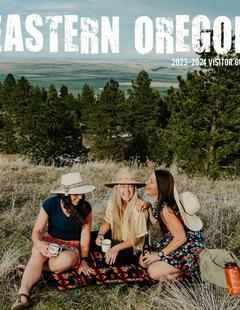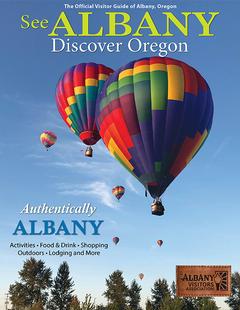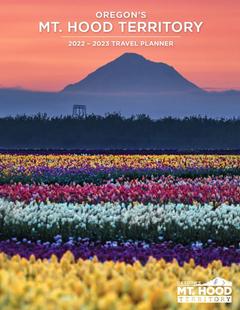In the 1860s, northeastern Oregon's John Day Basin was prime "gold country," and many towns were founded to support the onslaught of fortune-seekers that ensued. Then self-taught geologist John Condon discovered that the treasure-hunters were figuratively sitting on a gold mine of another sort, this one historic. Frozen in the four geological layers of the John Day River Basin was found fossil record of long extinct fauna from a far earlier age that cumulatively offered a glimpse of the last 50 million years of life on our planet; sandwiched between siltstone and sandstone, former savannah and volcanic ash were the fossilized remains of bear-dogs and rhinos, temnocyonines and the patriofelis - even the camels that once called this now starkly beautiful region home.
Split into three separate units and spread over 14,000 acres, the monument showcases a variety of fascinating fossils set amongst striking landscapes and laced with scenic trails. Closest to Bend (just northeast of Prineville) is the Painted Hills Unit, a photogenic geological attraction that shelters note-worthy hiking trails within its colorful folds and provides access to stunning desert vistas.
Sheep Rock Unit, to the east of the Painted Hills (not far from the town of John Day), is the park's most expansive site and the best place to enjoy a well-rounded introduction to the monument. Exhibits at the Thomas Condon Paleontology Center (the monument's visitor center) offer a peak at area fossil finds, past and present, while it's the history of humans that is the focus at the Cant Ranch House just across the road. While it's possible to get a feel for the area on a scenic drive, local hiking trails are the best way to get an upclose look at fossils in situ.
Northwest of the Painted Hills Unit find this national monument's third site, the Clarno Unit. Situated at the edge of the swirling John Day River find here in an ancient (and now petrified) mudslide a veritable forest, the region's former subtropical vegetation preserved for posterity in the flow.
Many visitors choose to stop near the town of Fossil, less than 20 miles east of the Clarno Unit, to collect fossils and petrified wood, as collection is prohibited within the monument. The "Ochoco country" in which the monument appears is also prime territory for rockhounds, especially those in search of jasper and thunder eggs (the state rock).
John Day Fossil Beds National Monument is located in north central Oregon, about 145 miles southeast of Portland. To learn more about the monument, please select an area of interest from the navigation bar on the left.
















